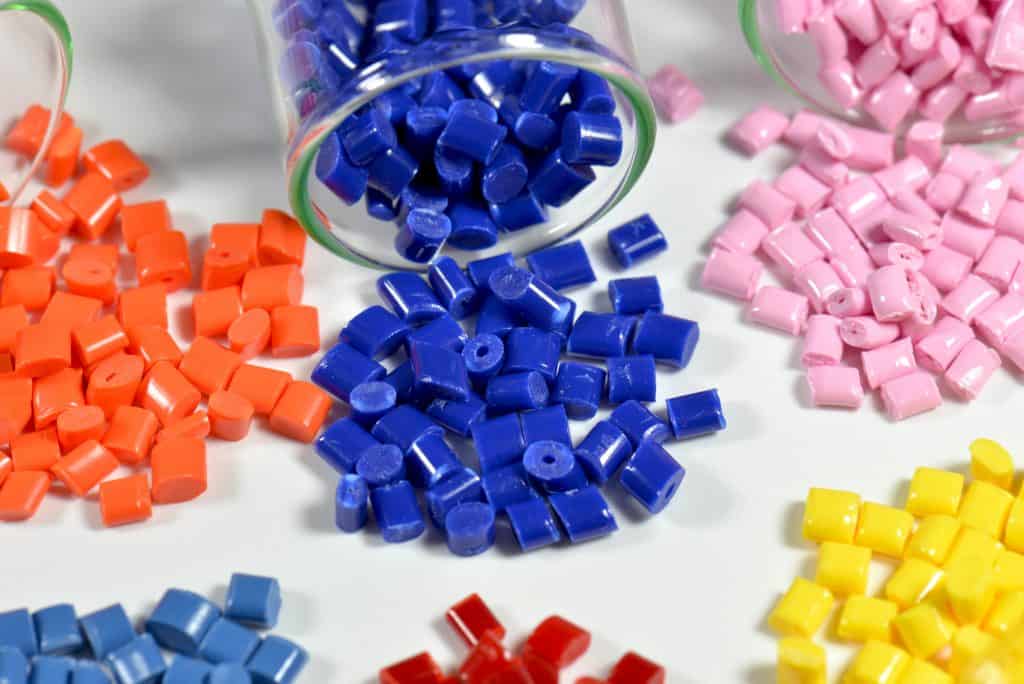Additives
Why are there some additives in plastics?
Additives change the characteristics of a plastics material to give it new properties. They can help to make plastics more colourful, stronger, cleaner or safer.

Additives provide an extensive range of valuable performances to plastics:
Plasticisers give flexibility, for example, in shower curtains or flexible tubes when added to PVC (polyvinyl chloride)
Antioxidants help maintain mechanical properties under heat and oxygen ageing
Antistatic agents help to prevent the build-up of a static charge on a plastic surface

Impact modifiers enable plastics to absorb shocks and impacts without cracking and could be used in applications like vehicle safety or crash helmets
Ultraviolet (UV) blockers protect eyes and skin from sun radiation, for example, in sunglasses or vehicle glass
Pigments provide colours (or translucency) to plastics, making them more aesthetically appealing, for example, in toys or furniture
Flame retardants improve the resistance of materials to fire, for example, coverings for soft furnishings or electrical applications

In addition to bringing extra properties to polymers, additives can also be used to enhance the manufacturing processes of plastics products:
Lower production temperatures equal lower energy expenditure
Optimised material consumption results in better resource efficiency
Improved flow properties (melting, moulding, drying, etc.) translate into lower manufacturing costs
Additives, by making products last longer, contribute to the reduction of raw materials consumption. They also make plastics easier to process – thus reducing potential waste in the manufacturing process.
Our world today would be a lot less safe, a lot more expensive and a great deal duller without the additives that turn basic polymers into useful plastics.
Additives can migrate from plastics to other environments but in minimal amounts. To ensure consumer safety in more sensitive applications (such as food contact, medical devices, toys), the migration potential of additives out of plastics is evaluated and controlled by industries and governing bodies, and safe limits are defined by legislation.
As plastics and sciences evolve, the safety requirements adapt accordingly.